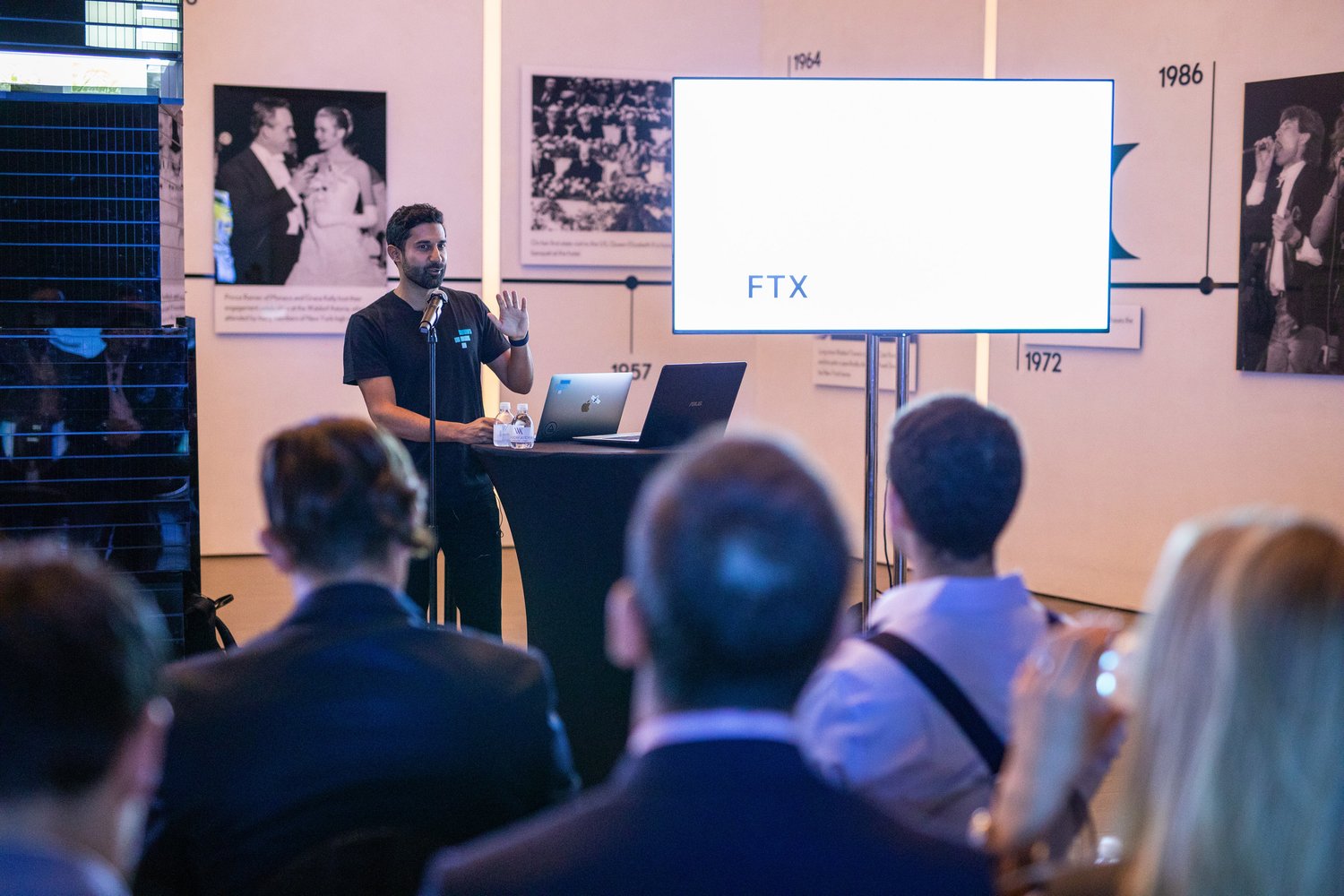Are city commissioners desperate, insensitive or greedy?

Advertisement

When Miami commissioners a decade ago were moving ahead to allow illuminated billboards on three highly visible city-owned buildings, this column was headed “Are city commissioners desperate, insensitive or greedy?” Now they’re at it again, planning billboards for three pristine city bayfront parks, and we ask the same question.
How in Heaven’s name could commissioners look at Bayfront Park, Maurice Ferré Park and Virginia Key Beach Park and think they are the least bit suitable for lighted billboards with changing messages? Have they any sensitivity at all for what a park is supposed to be?
Apparently not. They just agreed to lease the city’s largest park to developers for 99 years to create a mixed-use project far larger than the vast Brickell City Centre. But at least that handover of the Melreese golf course won’t gobble up bayfront – that’s the only thing good you can say about it.
The ostensible reason for wanting billboards in three waterfront icons of Miami, according to the legislation by Commissioner Joe Carollo, is to “attract more revenue to ensure funds necessary to improve and maintain the parks.”
I see. Apparently, the lighted billboards that will be allowed to show a new ad every eight seconds would be considered an improvement for the parks. Perhaps the visual pollution of lighted advertisements will create enjoyment for a family visit. What am I missing in that?
What do great cities do with their waterfronts? They strive to make them attractive and inviting. Think of the long expanse of green space on Chicago’s lakefront centering on Millennium Park.
What does the City of Miami do with its expanse of green space on the bayfront? It looks at it as a revenue center to attract not families but the equivalent of clicks on digital advertising.
The last time city hall approved advertising signs was in 2012 during the Great Recession, when real estate values and taxes had plummeted and the city was desperate for cash. Today, a real estate boom has escalated values and handed the city a cash bonanza used for a hiring spurt at city hall and a general fund budget increase of $88 million.
So in 2012, when the city decided it would be OK to plaster advertising on its Knight Center, Olympia/Gusman theater and Miami Children’s Museum, the city was seeking money anywhere and, as Commissioner Marc Sarnoff snarled at billboard opponents, “If you don’t like visual pollution, avert your eyes.”
Today, Mr. Carollo says “putting something that’s reasonable in size 1,000 feet apart, it’s not like … a sign every few hundred feet.”
No, it’s not like every few hundred feet – it’s spaced-out visual pollution headed for our parks so, hey, it could be worse. On the other hand, it could be a whole lot better – like, not polluting at all.
At least Commissioner Manolo Reyes had the grace last month as the city passed a first vote on the signs in parks to be concerned about their brightness. “I don’t want us to become another Vegas … food for thought, let’s picture how it [the sign] can be and how it would impact the environment and city residents.” If commissioners did that candidly, there would be no signs at all.
Mr. Reyes is right – we don’t want to be another Vegas, or a Times Square. When Mr. Sarnoff backed the signs in 2012, he argued that property values had boomed in Times Square in New York, so why not in Miami?
Look at Miami now, where the property value boom outpaces by percentage any gains in New York. Doesn’t that indicate that lighted billboards decrease the values of property?
As Miami moves toward a final vote to allow billboards to deface our parks while destroying the greenery that makes Miami desirable and its properties valuable, Miami-Dade County commissioners may be moving to protect valuable parkland.
Legislation put on this week’s county agenda by Commissioner Javier Souto would strengthen protection for a charter requirement that “parks, aquatic preserves, and lands acquired by the county for preservation shall be held in trust for the education, pleasure, and recreation of the public and they shall be used and maintained in a manner which will leave them unimpaired for the enjoyment of future generations as a part of the public’s irreplaceable heritage.”
What part of that statement should not apply as well to city parks, Miami commissioners? Does anyone really believe adding freestanding advertising billboards 20 feet high by 20 feet wide leaves parks unimpaired for the enjoyment of future generations?
It’s not like we have an excess of parks fronting Biscayne Bay. Miami commissioners are about to attack the three most visible of those parks and Vegas-ize them. Once they’re gone, like Melreese and any other city asset, they will be gone forever. Chicago’s lakefront was dredged out of Lake Michigan more than a century ago, but they just aren’t creating new bayfront in Miami these days.
Oh, you can put grass in the center of Biscayne Boulevard downtown and call it a new park – yes, that is on the city’s drawing board. That’s like what they plan at Melreese, which is to put soccer fields on top of a 4,000-plus car garage and call it replacement for some of the present park. But calling a cow a horse doesn’t make it a horse, nor is sticking grass in the middle of US 1 downtown creating a park, or sticking billboards in parks a way to leave them unimpaired as parks.
Call those billboards what you like. I call them rape of parkland.
A decade ago this column noted that the worse the economic situation, the more willing the city becomes to prostitute itself. Today, with more tax money than ever rolling in, what is the city’s excuse?


